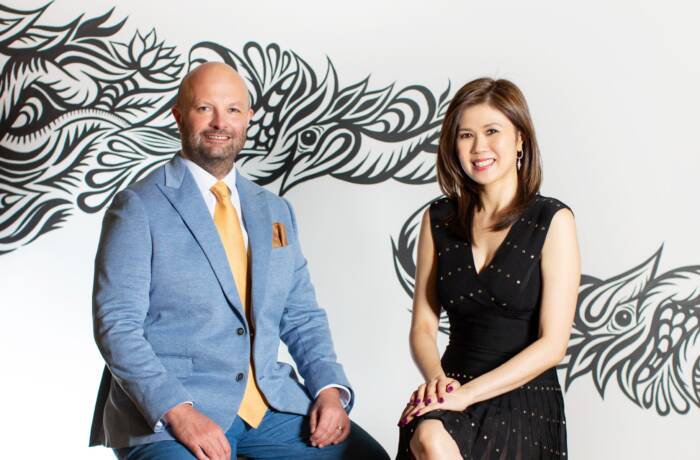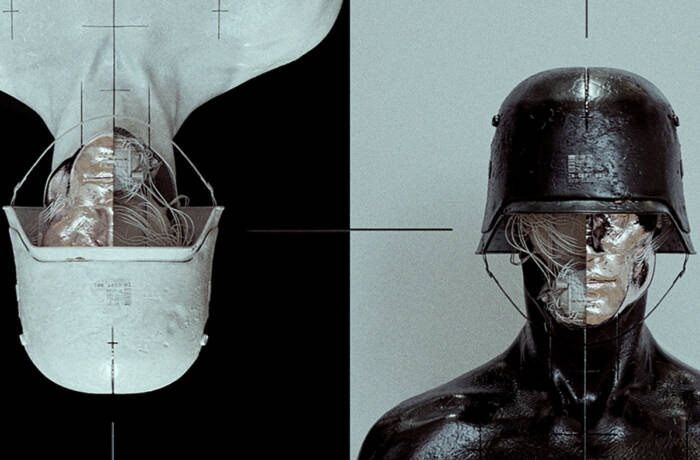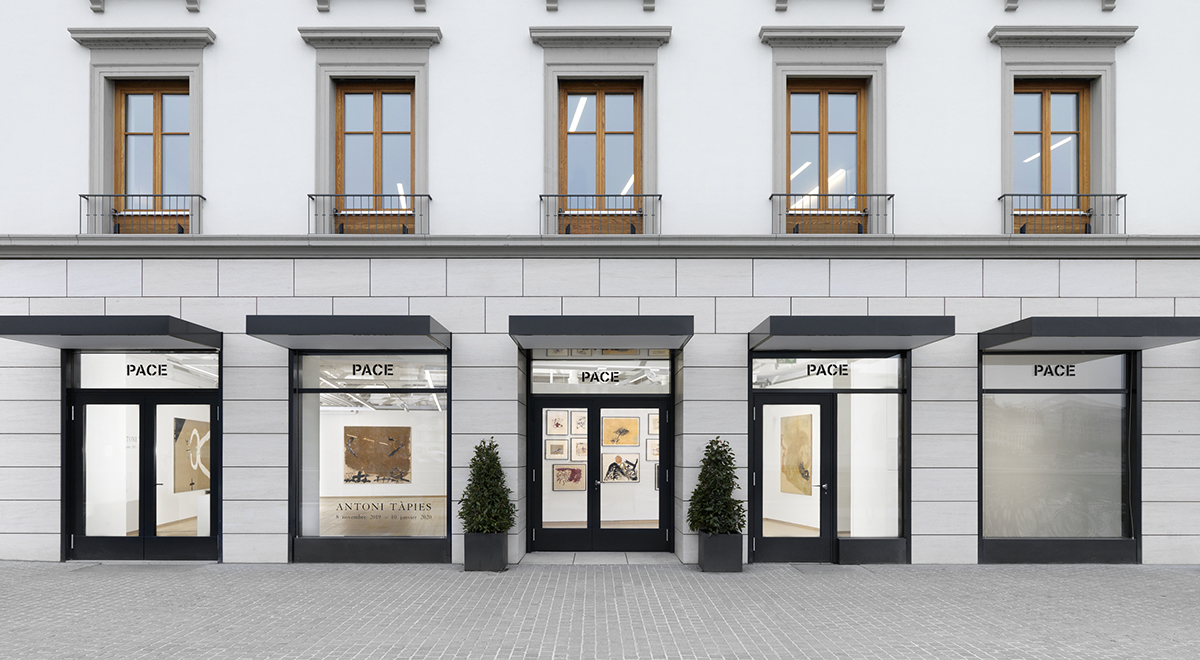
Exterior of Pace Gallery in Geneva Gallery. Photograph by Annik Wetter. Courtesy Pace Gallery.
Leading art gallery Pace has long pioneered digital innovations in the art world, and recently announced its first dedicated platform for selling artists’ NFTs. Ahead of the launch in September, LUX speaks to Valentina Volchkova, head of Pace Geneva, about art market trends, collecting habits and Jeff Koons
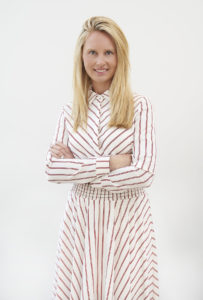
Valentina Volchkova
1. These days, art collectors can purchase art in various different formats, such as NFTs or tokens, and galleries such as Pace are accepting cryptocurrency as payment. What do you think has brought about these changes?
I look at it as a global subject: life evolves, culture evolves. I joined Pace 12 years ago and I have seen the constant evolution and innovation within the gallery. Marc Glimcher (the gallery’s CEO and president) is very innovative and is always looking for artists and places where people are not expecting to see us. We have, for example, opened a gallery in Palo Alto. In some ways, that decision wasn’t so surprising because there is a pool of collectors and artists who are interested in showing in this corner of the world, but at the same time, we are introducing audiences, from diverse backgrounds, to art that is different to what they’d see somewhere like the Met.
Follow LUX on Instagram: luxthemagazine
The pandemic has also changed a lot of the ways in which people consume, interact and get curious about art. It opened up, for us at least, a whole new world and access to artists, to collectors and to press. Before I joined Pace, I opened my own gallery. I was 21 and the gallery was in Paris, in a very conservative place, in Saint Germain, and you would see that people didn’t actually feel comfortable entering the space. Perhaps, it’s because people feel excluded from that environment or think that they have to buy something if they go in. The pandemic, and the forced closure of galleries and different spaces, led to an increased digitalisation not only in terms of art and culture, but also consumerism more generally. Digital platforms provided access to new artists, to new ways of creating art, and to new audiences as well.
We didn’t stop our gallery programme in Geneva because the artists we were showing had other projects planned in another museum or gallery, which meant we had to stick to our schedule. For artists generally, nothing really changed. The majority of them – the painters, the sculptors – were isolated in their studios, and they liked it. They need this kind of isolation, but of course, the frustrating part, for them and us, was not being able to show their work, not being able to install an exhibition and see it live. What happens with the digitalisation of the art is that you don’t have this frustration anymore, it’s accessible to the world. Many artists who had never digitalised their art were suddenly willing to experiment, and for artists who had never shown their work in a gallery, it was an opportunity for them to showcase what they were doing. In that sense, the pandemic opened up a number of opportunities.

Jean-Paul Riopelle, Nouvelles impressions n°15, 1978. © SOCAN, Montreal and DACS, London 2021
2. Do you think these new formats will be maintained in the future?
People are looking for new experiences. They are looking for physical experiences. They have access to so much information and to so many images. Everything is now online: you can go to an exhibition viewing, you can attend a conference all from your computer. I think the digitalisation of our industry was already happening, but the pandemic accelerated it. That doesn’t mean artists will now stop what they had previously been creating, but it means they will also take part in this new, innovative way of creating an artwork. Pace has been involved in these evolutions for a long time with its art and technology programme, with showing digital and immersive art, and I think some artists feel comfortable doing projects with the gallery for that reason.

Lee Ufan, Relatum – expansion place, 2008. © ADAGP, Paris and DACS, London 2021 Photo: G.R. Christmas, courtesy Pace Gallery
3. What do you make of Jeff Koons’ recent decision to move to the gallery?
I was actually with Jeff for his show at the Mucem a few weeks ago. He is such a smart and humble person. He knows exactly where he wants to go. There are some artists who have revolutionised the art world and he is part of that group: Cézanne, Duchamp, Rothko, Koons, Picasso. For me, I see it as a very obvious collaboration right now. I think it’s good timing, and this representation comes at a point where the artists are looking for support for their innovative and crazy ideas. Pace is really supportive in that sense.
Read more: A Beginner’s Guide to Collecting Art by Sophie Neuendorf
4. Going back to buying trends, is there a particular artwork or type of art that people are gravitating towards at the moment?
I have made my own observations – in terms of the collectors I’m working with and the shows I put up – that people are wanting to see and be around art that is reassuring, somehow. Art that deals with current issues, but is also about the environment and brings us closer to nature. Artists are also being rediscovered in those terms and are being shown more than ever. I’m thinking, for example of Kiki Smith, who has done over fourteen shows over the last two years. There is a hunger for art that is accessible and universal, but also established. During the pandemic, people were looking for Rothkos, for Modiglianis, Cy Twomblys and would spend monumental amounts of money for established artworks. The uncertainty of the pandemic meant that we were able to source many of these artworks that we would never manage to source before.
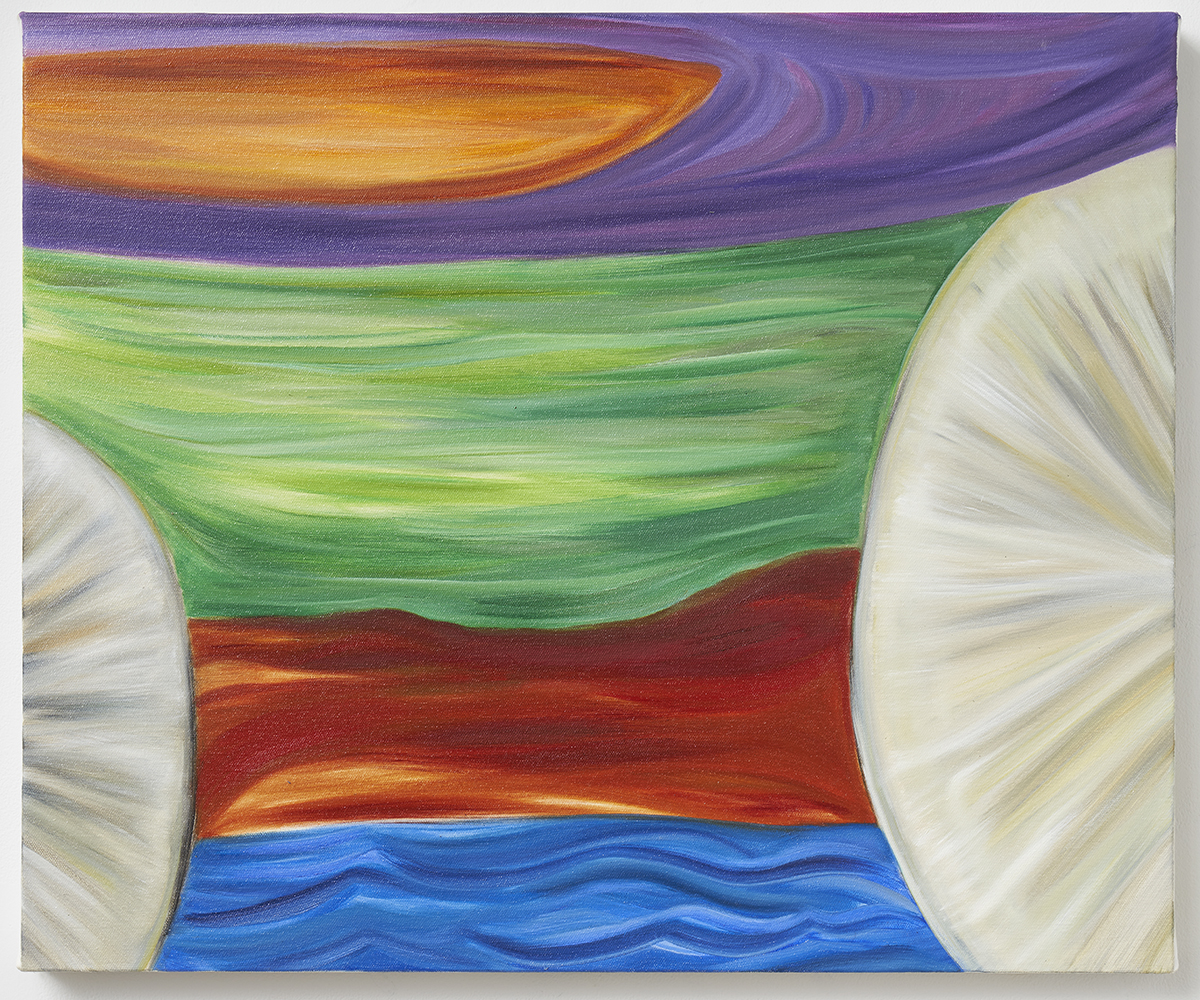
Marina Perez Simão, Untitled, 2021. © Marina Perez Simão. Courtesy Pace Gallery and Mendes Wood DM. Photo by Jonathan Nesteruk
5. Are there any developments, artists or trends that are personally exciting you at the moment?
I am very curious about where we are going right now with the opening of art fairs. I don’t know how they’ll happen, but we’ll see. The pandemic has led us to revisit some of the art movements. Personally, I’m looking to develop the Light and Space movement in a broader way in places where it hasn’t yet been shown. That whole movement is about experience, but is also very universal and accessible. People need that.
6. Now that international travel is opening up, are there any shows you’re looking forward to seeing in Geneva or elsewhere?
I’m excited to see the next step of the Jeff Koons show, which will happen in Florence this fall. The show is very intimate. You might have seen his works at the Centre Pompidou, at the Whitney Museum, at the Fondazione Prada, but the way this show is curated makes you feel very close to the artist and his work. It opens up your eyes to something very sensual, bodily, and attractive.
Pace Geneva’s upcoming exhibition “Silence” runs from 3 September to 30 October 2021. Find out more: pacegallery.com

